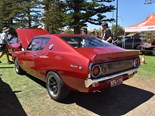1971-1978 Mazda RX-3 Buyer's Guide















































|

|

|

|

|

|

|

|

|

|

|

|

|

|

|

|

|

|

|

|

|

|

|
Style, speed and innovation are what these greats are all about, but that wasn't always the case
Mazda RX-3
When you look back at the history of Wankel engine cars, you could be forgiven for wondering what in hell people were thinking. The promise of a smoother, more compact and quick-revving powerplant, delivering more horses per cubic inch than a conventional four-stroke reciprocating engine was attractive, but not necessarily compelling.
As pioneers such as NSU discovered, there were as many downsides as up to the then comparatively new technology. One was gaining reliability – chewed-out rotor seals was an issue – and the other was overcoming the buying public’s natural suspicion of any technology that was relatively unproven.
| Watch the video: Unrestored survivor Mazda RX-3
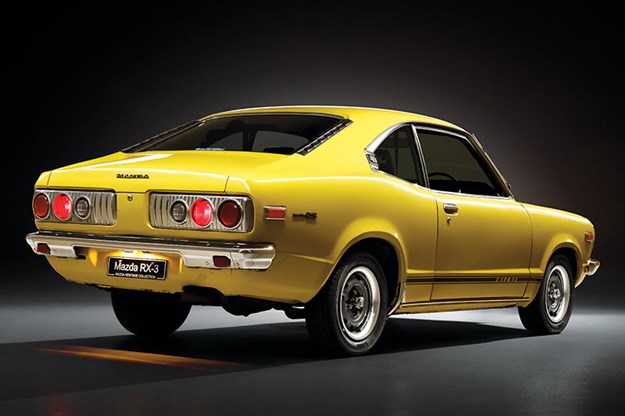 You have to say the basic lines of the coupe have aged really well. There were also sedan and wagon variants
You have to say the basic lines of the coupe have aged really well. There were also sedan and wagon variants
Mazda was really the only company that comprehensively overcame those issues. One of its tactics was to provide ample reassurance. In America the company offered a five-year or 75,000 mile (120,000km) warranty on engines, way back in the seventies.
If any car represents the coming of age of the rotary, it’s the RX-3 in its almost baffling array of variants. Sold as the Savanna in other markets, the series based on the Grand Familia platform rolled into the market in 1971 (March 1972 in Australia) powered by the 10A twin-rotor engine.
Displacing 982cc, the 10A was a little powerhouse, giving the RX-3 sparkling performance for its time. Of course there quickly developed a whole ecosystem of aftermarket tuners out there willing to help extract more.
| 2018 Market Review: Mazda RX-3/RX-2/808/1500/Capella
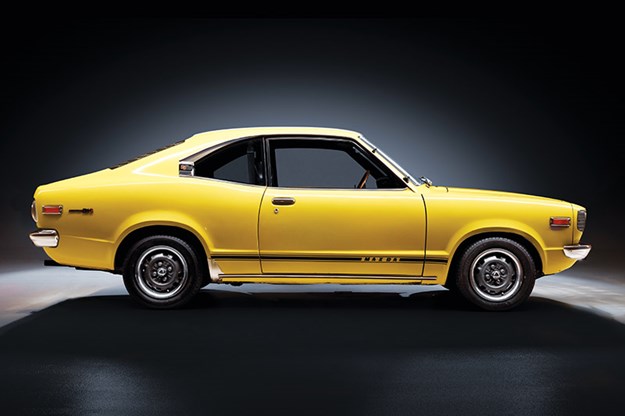
Just to confuse the issue, the Series I RX-3s destined for the USA market were fitted with the larger 12A (1146cc) powerplant right from the start. We didn’t see that unit until the Series II arrived a couple of years down the track. The two series could be distinguished fairly easily from the exterior – particularly up front, where the second version boasted more prominent ‘pointy’ styling in the nose cone.
In general, the Series I cars had a reputation for having more sprightly acceleration, while the Series II (which was hampered to some extent by new emission regs) had a better top speed. There was also a Series III, but that wasn’t imported here by Mazda.
| Read next: Mazda R100 coupe review
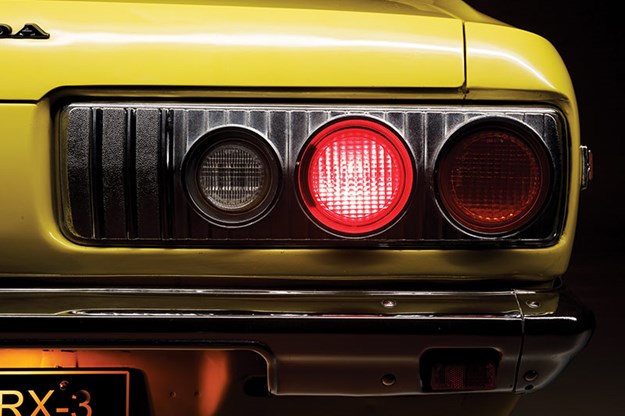
The example you see here is a Series II and is part of an exceptional collection that Mazda Australia has had the foresight to assemble over the years. So what were they like to drive? Resident car historian and contributor Dr John Wright mentions a "choppy ride, vague steering and tippy-toe handling" by current standards. True enough, but treated as a modern classic, we reckon they’re a thoroughly engaging thing.
Mazda produced some performance specials over the years – a GT for the domestic market from late 1972 for the 1973 model year and a lairy-looking GT variant in the USA, called the RX-3SP. The GT would have been quite a weapon. The car ran wider rims, additional bodywork and badging, along with a very different interior. That would now be a prize for any collector.
 That’s the bigger 12A unit lurking in there. It claimed a pretty healthy 130 horses
That’s the bigger 12A unit lurking in there. It claimed a pretty healthy 130 horses
Though the RX-3 unquestionably earned a dedicated niche in the local market, big volume sales eluded it. Some 1000 were sold here. Aside from the unfamiliar tech, buyers saw fuel consumption and relatively hefty pricing as issues. You could get a pretty good Torana for similar money, while a Charger was in reach if you could find an extra $200-or-so for the bigger car.
As they initially entered the used market the collector car scene was much smaller than it is now and these things weren’t even on the radar for the majority of classic enthusiasts. The words ‘classic’ and ‘rotary’ didn’t appear in the same sentence.
However RX-3s leant themselves to modification and the sometimes mad engine characteristics are addictive. As a result, we’re guessing that as much as 80 per cent of the surviving fleet ended up modified to varying degrees. Series I cars often ended up with later 12A engines, while both series commonly found themselves with the later and bigger 13B in the snout.
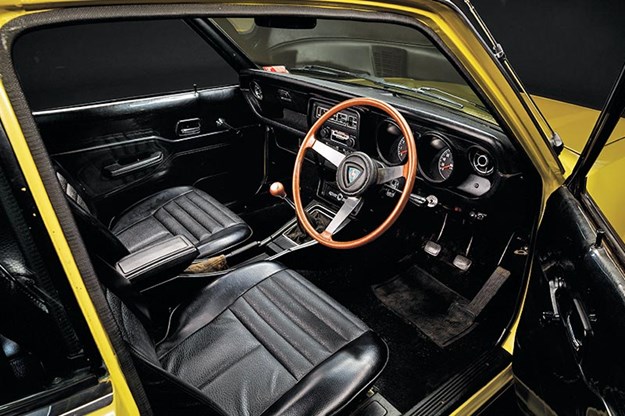 This is a Super Deluxe variant, something that’s reflected in the exceptional interior
This is a Super Deluxe variant, something that’s reflected in the exceptional interior
Add in the fact that, like just about any car of the era, these things fall victim to rust fairly easily, and you end up with a very small pool of local original survivors. We’ve come across two good ones in recent months – search news & reviews on our website tradeuniquecars – both of which were priced in the $80k-plus range.
So if you happen to trip over one hidden under a dust sheet in an ancient relative’s shed, grab it with both hands and enjoy!
VALUE RANGE: Mazda RX-3 (Coupe)
FAIR: $25,000
GOOD: $65,000
EXCELLENT: $90,000
(Note: exceptional cars will demand more)
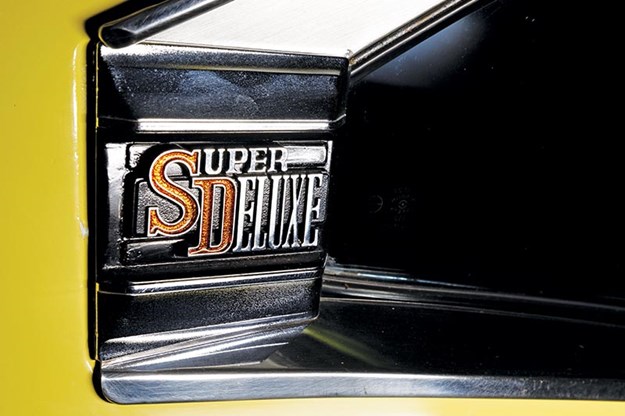
RX-3 BUYING:
- Cliff Chambers
Once upon a time, car-yards lined major metropolitan roads and many of those car yards housed Mazda rotaries that they couldn’t sell. Fuel consumption was a huge issue for buyers and sellers of rotaries from the 1970s-90s and remained an impediment until RX-3s started being viewed more as collectables than serious transport.
The market today has changed dramatically with more RX-3s coming in from Japan with Savanna badging than are being discovered and refurbished here. Despite some vendors in Japan claiming that stocks of older rotaries are dwindling there are always cars popping up, albeit at continually climbing prices.
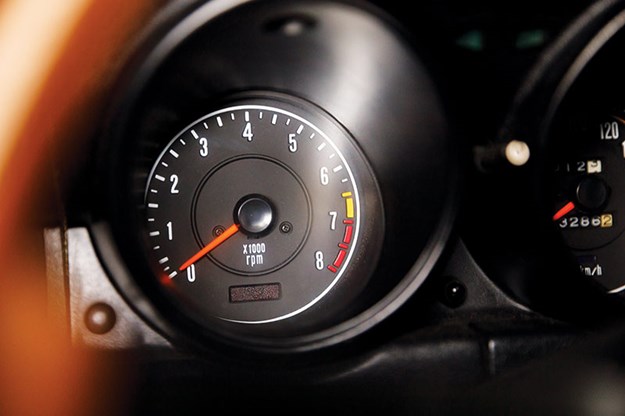
Balancing that is the progressive disappearance of sad local examples. Cars that in years past were cheap enough to serve as a young ratbag’s first car have disappeared into wrecking yards and everything in today’s market ranges from acceptable to extraordinary condition.
Lots of these cars have to a degree been modified and that will have an impact on future demand and value growth. Finding an early car that hasn’t acquired a later 12A or even 13B engine to replace the original 10A is difficult but is in the long term going to be worth the search.

RX-3 sedans generally cost 30 per cent less than coupes and that relationship is likely to remain for as long as no one unearths a stash of pristine two-doors.
With plenty of spares and repair outfits specialising in rotary Mazdas, finding the parts and expertise to keep a car running won’t be difficult. Joining one of the Mazda clubs that exist nationwide will help you decide which of these businesses might do the best job of taking care of your car and your wallet.
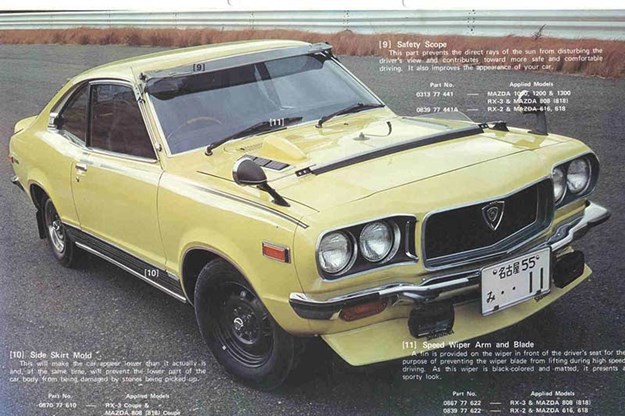 In Japan there was no shortage of accessories for these things
In Japan there was no shortage of accessories for these things
BUYER'S CHECKLIST
Body & Chassis
RX-3s are cars that for much of their lives were worth very little, often subjected to considerable abuse and/or repaired with no thought to future value. With prices headed for $100,000 and above, poorly-repaired crash damage is going to eat massively at the money a car might realise, making pre-sale renovation a justifiable cost. Kinked chassis rails and damaged strut mounts can create suspension problems. Leaks through the boot lid allow water into the luggage area and promote rust. Body filler or bubbling around wheel-arches, the windscreen and sills indicate a car still suffering rust issues. Some new parts are available but will often need to come from the USA so check freight costs first. A used grille at $200 from a local seller looked decent value.

Engine & Transmission
Picking an RX-3 with tired mechanicals isn’t the financial disaster it would have been just 10 years ago. Exhaust smoke or water vapour exiting the exhaust indicate apex seal wear or internal coolant leaks. Either will likely result in a $4000-6000 engine rebuild. Check coolant hoses for deterioration and leaks because a sudden loss of coolant can destroy an engine. Rotary engines are designed to use oil so check the level regularly and change lubricant every 5000 kilometres. Transmissions are compatible with other Mazdas so noise and difficult gear selection aren’t serious or costly issues.
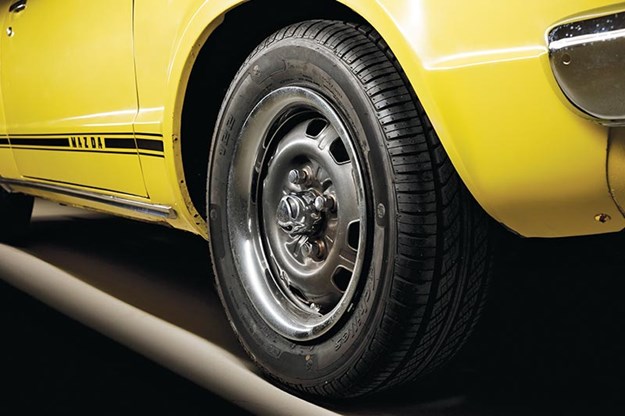
Suspension & Brakes
Springs that haven’t been changed in decades and crumbling rubber bushings ruin the handling of the RX-3. Stiffened front springs and Nolathane bushings can sharpen steering response but can affect the ride and make the car a chore to drive. In common with other 1970s Japanese models, the RX3 was saddled with sloppy recirculating ball steering and not much can be done to improve that. 40mm of free movement at the wheel-rim means the steering box needs a rebuild. Brake rotor and caliper upgrades are available and recommended if the car is running a higher-output engine.
.jpg)
Interior & Electrics
Old interior plastics will have suffered sun damage so check under dash-mats for cracks and deteriorating door trims, a loose or damaged console and sloppy column stalks. Complete reproduction consoles, door trims and other interior plastics are being made and while the cost including seat trims of a refurbished RX-3 interior is going to exceed $2000, look at the climbing values of excellent cars. An authentic steering wheel was seen at $1700 but a pair of used but decent rear light clusters sold for a very affordable $140.
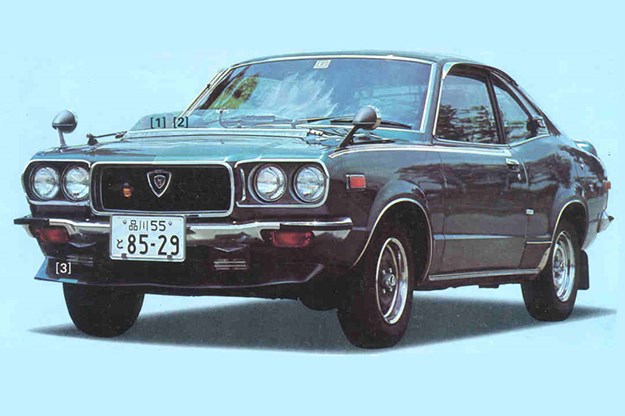
1971-1978 Mazda RX-3 specs
NUMBER MADE: 270,000 (approx)
BODY STYLES: steel integrated body/chassis four-door sedan, wagon or two-door coupe
ENGINE: 982cc (10A) or 1146cc (12A/B) twin rotor with single downdraft carburettor
POWER & TORQUE: 78kW @ 7000rpm, 135Nm @ 4000rpm (10A). 97kW claimed for the 12A.
PERFORMANCE: 0-96km/h 9.1 seconds, 0-400 metres 17.1 seconds (10A)
TRANSMISSION: four-speed manual
SUSPENSION: Independent with Macpherson struts, coil springs, control arms & anti-roll bar (f) Live axle with semi-elliptic springs, locating links & telescopic shock absorbers (r)
BRAKES: disc (f) drum (r) with power assistance
TYRES: 155SR13 radial
Unique Cars magazine Value Guides
Sell your car for free right here
Get your monthly fix of news, reviews and stories on the greatest cars and minds in the automotive world.
Subscribe

.jpg)







.jpeg)


